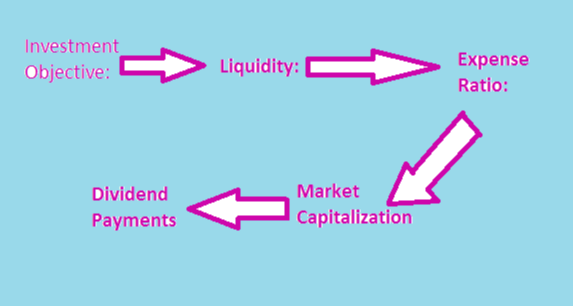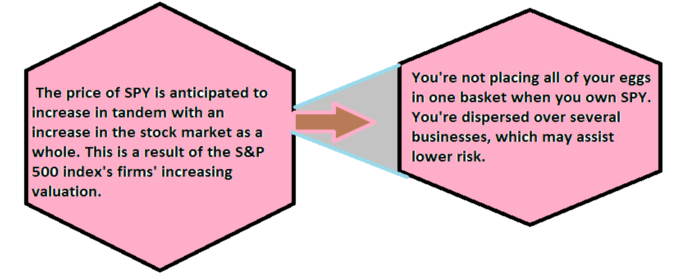Understanding the significance and impact of Spy stock in the financial markets.
what is spy stock?
A mutual fund called the SPY ETF aims to replicate the performance of the S&P 500 index, which is a collection of the biggest American publicly listed firms. One of the most well-known ETFs globally, SPY is the oldest ETF traded on a U.S. platform.
who does spy stock can work?
The SPY ETF seeks to mimic the results of the S&P 500 index, much like other S&P 500 ETFs. In order to do this, SPY maintains an equal weighting of all S&P 500 stocks inside the index. The top assets in the SPY portfolio have larger allocation weights since the S&P 500 is a cap-weighted index.
The SPY is a traded fund (ETF) rather than the equity of a particular corporation.
Because the SPY ETF is managed passively, very little money is needed for fund operations. An expense ratio, which is a proportion of a fund’s assets used to cover operational expenses, is used to express ETF fees. For every $10,000 invested, the SPY ETF expenses only amount to $9, or 0.09% of total investment.
Tracks the Market: The price of SPY is anticipated to increase in tandem with an increase in the stock market as a whole. This is a result of the S&P 500 index’s firms’ increasing valuation.
Diversification: You’re not placing all of your eggs in one basket when you own SPY. You’re dispersed over several businesses, which may assist lower risk.
Long-Term Growth: Historically, there has been an upward tendency in the stock market over time. Therefore, investing in SPY may be a wise long-term strategy to increase your wealth.
Why Buy SPY ETF Stock?

Purchasing SPY allows investors to increase portfolio diversification and exposure to the U.S. stock market without having to purchase individual stocks. Compared to index funds with higher charges, investors may track the S&P 500 index more closely using ETFs like SPY because of their cheap expenses. Some investors utilize an S&P 500 ETF such as SPY as a core investment when constructing an ETF portfolio.
KEY POINTS
Investment Goal: SPY seeks to match the S&P 500 Index’s performance. It offers exposure to a wide range of sectors through a varied portfolio of 500 of the biggest American corporations.
Liquidity: One of the market’s most liquid ETFs, SPY is widely traded and makes it simple for investors to acquire and sell shares.
Expense Ratio: Investing in the S&P 500 Index with SPY is a cost-effective option because it has a comparatively low expense ratio when compared to many mutual funds.
Dividend Payments: The dividends that SPY pays its investors are sourced from the dividends that the S&P 500 Index firms pay out.
Market Capitalization: Due to its popularity among investors, SPY has one of the greatest market capitalizations among ETFs.
All things considered, SPY may be a wise investment for certain individuals, but not for others. Before making an investment, take into account the following:

Investment Objectives: What are your financial aspirations?
Risk Tolerance: How at ease are you with the prospect of financial loss?
Investment Period: For what length of time are you going to hang onto your money?
WHY SPY NOT RECOMANDED?
Restricted returns: Due to its passive management style, SPY is only able to generate returns equal to the S&P 500 index minus fees and expenditures. Nonetheless, a portfolio or fund that is actively managed may outperform the market.
Insufficient diversification Large cap U.S. funds are the main asset class in which the SPY ETF invests; as a result, investors are not exposed to other assets like bonds, small size stocks, or foreign equities.
BOOTM LINE
A cheap and easy method to get exposure to a diverse portfolio of large-cap U.S. companies is through the SPY ETF. Even while SPY offers a lot of benefits, investors should be mindful of some dangers before purchasing shares, such as the absence of exposure to other markets.




